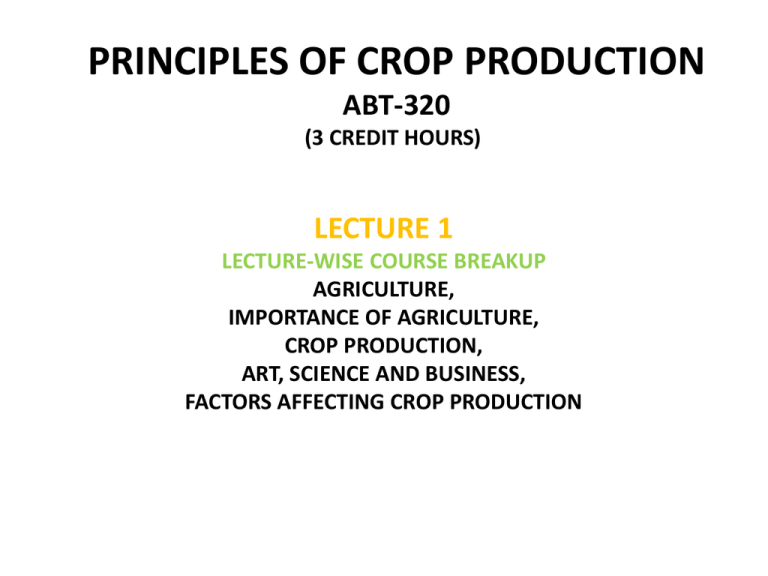

Policy and Links| Non-Discrimination Statement | Information Quality | USA.gov | NRCS Home | | Site Map | Civil Rights | FOIA | Plain Writing | Accessibility Statement Sharecropping has a long history and there are a wide range of different situations and types of agreements that have used a form of the system. High resistance to stem and branch breakage from high winds, ice and snow as applicable to the site. Sharecropping is a legal arrangement with regard to agricultural land in which a landowner allows a tenant to use the land in return for a share of the crops produced on that land. Tolerance of agricultural fertilizers and traffic on surficial root. However, most multicrops involve the cultivation of two or more species on the same piece of land where the growth cycles of different species overlap for at least part of their duration. Low to moderate root and crown spread to minimize competition with understory crops. In principle, sequential cropping, where a second crop is grown after the harvest of a first crop, is a simple form of multicropping. High value species adapted to the soil/climate of the planting site. Generally, mature tree canopy ranges from 5 to 40 percent crown cover. Trees are planted or native forests managed at a sufficiently wide spacing to allow adequate light to the understory crops or forage and permit passage of the widest field equipment width. Irrigation System (441), Irrigation Water Management (449)ġ) To produce wood or tree products in addition to agronomic crops or forage, 2) To improve crop or forage quality and quantity by enhancing microclimatic conditions, 3) To improve utilization and recycling of soil nutrients for crop or forage use, 4) To reduce excess subsurface water or control water table depths, 5) To provide favorable habitat for species beneficial to crops or forage. Some Primary FOTG Practices for this System:Īccess Control (472) or Prescribed Grazing (528) Tree canopies of native forests would be managed to allow the production of such crops or forage. Examples of the use of cropping in visual communication: Lifebuoy Soap, U.K. For example the use of a camera viewfinder. The rationale behind this farming practice is that different crops planted are not likely to share insects and.

It means having more than one type of crop growing in the same space at the same time. "Forest Farming" is a form of multistory cropping. Visual Communication Resource Thursday, 10 November 2011 Design Principle- Cropping CROPPING The re-positioning of borders to change the emphasis or feel of the composition. Intercropping is a farming method that involves planting or growing more than one crop at the same time and on the same piece of land. Tree-to-tree distance is wide enough to let sufficient light through to understory crops or forage. This principle states that precaution and responsibility are the key concerns in management, development and technology choices in organic agriculture. Plantings consisting of an overstory of trees or shrubs with an understory of specialty or agronomic crops or forage. 3) Choose crops and a cropping system that maintain and enhance soil fertility. Figure 9: Multistory Cropping - Examples of multistory cropping systems. For example, spring wheat and corn can be grown in strips versus solid plantings.


 0 kommentar(er)
0 kommentar(er)
